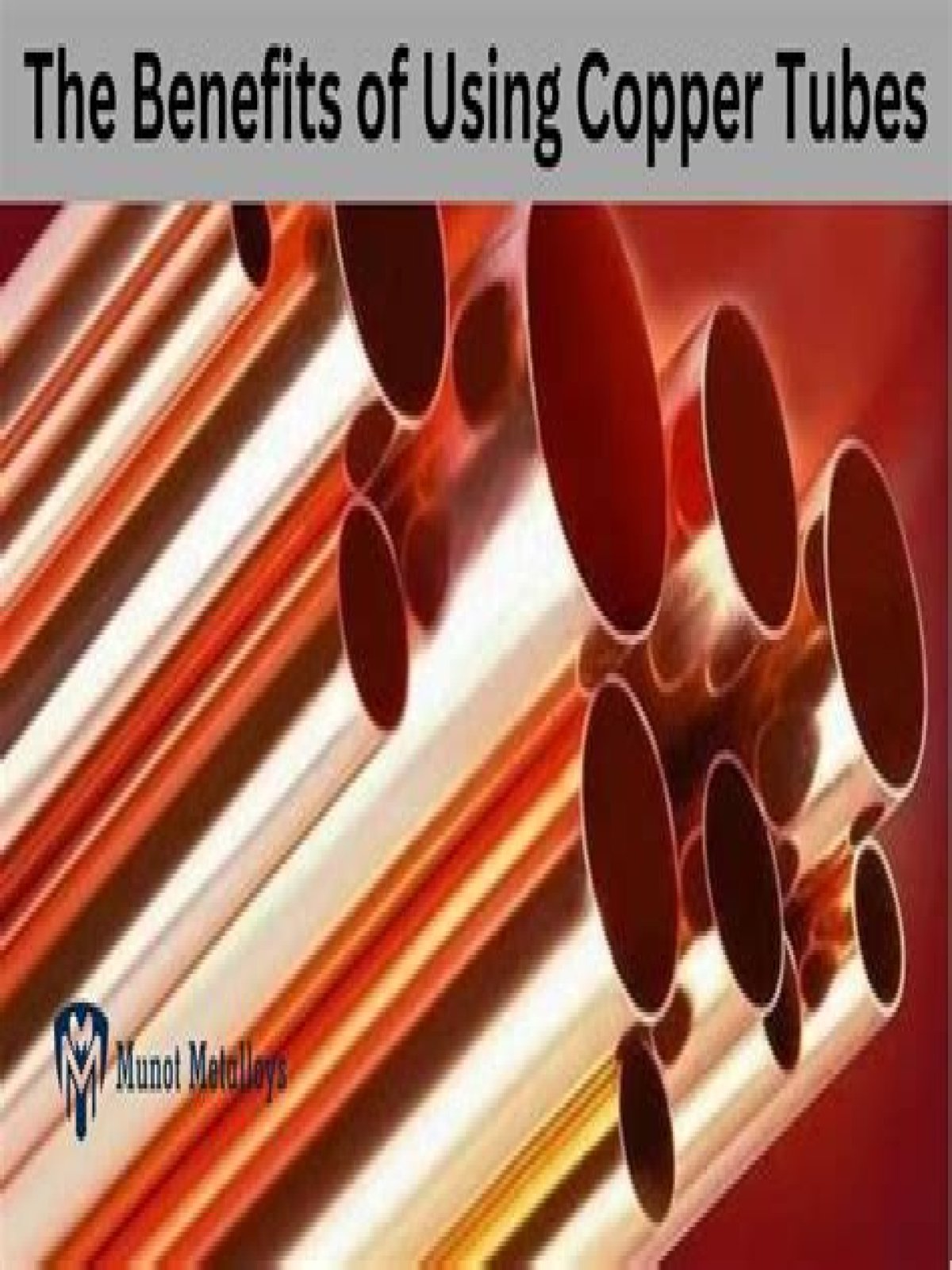What are 3 advantages of using copper pipe?
Benefits & Drawbacks of Copper Plumbing Pipes
- Copper Plumbing Pipes Are Durable.
- Copper Piping Does Not Contaminate Water.
- Copper Pipes Are Lightweight.
- Copper Piping is Less Harmful For the Environment.
- Copper Plumbing Pipes Are Fire Resistant.
What are the uses of copper tubing?
Copper Tube Applications
- Domestic Water Service and Distribution.
- Air Conditioning & Refrigeration.
- Medical Gas and Vacuum.
- Fire Sprinklers.
- Fuel Gas (Natural Gas and L.P.
- Other Applications.
What material is used for copper tubing?
Solder is a filler metal that goes into the joint between two pieces of pipe. It’s a metal alloy, or mix of metals. Soldering used to be done with lead alloys. These days we normally use a tin and copper alloy, as lead isn’t safe.
Can copper tubing be buried?
In most cases, the best option for installing copper underground is to bury it in direct contact with the soil. Copper is naturally corrosion resistant to most soils and underground environments.
What kind of copper tubing do you use?
Type L has a thinner wall section, and is used in residential and commercial water supply and pressure applications. In the United States it usually has blue colored printing. Type L copper is available in both soft and rigid.
What kind of tubing is used for hot and cold water?
Copper tubing is slowly being replaced by PEX tubing in hot and cold water applications. There are two basic types of copper tubing, soft copper and rigid copper. Copper tubing is joined using flare connection, compression connection, pressed connection, or solder. Copper offers a high level of corrosion resistance but is becoming very costly.
What happens when copper tubing is heated and cooled?
If heated and allowed to cool in a process called annealing, rigid copper will become soft and can be bent/formed without cracking. Solder fittings are smooth and easily slip onto the end of a tubing section.
What’s the difference between rigid and hard copper tubing?
Rigid or “Hard” copper tubing is generally referred to as “pipe”. Copper “piping” is referred to by nominal pipe size, or the inner diameter. It is joined using a solder/sweat, roll grooved, compression or crimped/pressed connection.
What are the different types of copper tubing?
There are two basic types of copper tubing, soft copper and rigid copper. Copper tubing is joined using flare connection, compression connection, or solder.
What materials are used to make copper?
Copper is typically extracted from oxide and sulfide ores that contain between 0.5 and 2.0% copper. The refining techniques employed by copper producers depend on the ore type, as well as other economic and environmental factors. Currently, about 80% of global copper production is extracted from sulfide sources.
What is considered soft copper?
Soft copper. Soft (or ductile) copper tubing can be bent easily to travel around obstacles in the path of the tubing. While the work hardening of the drawing process used to size the tubing makes the copper hard or rigid, it is carefully annealed to make it soft again; it is therefore more expensive to produce than non-annealed, rigid copper tubing.
What are the types of copper?
There are two distinct types of copper deposits: sulfide ore and oxide ore. Currently, the most common source of copper ore is the sulfide ore mineral chalcopyrite , which accounts for about 50 percent of copper production.
